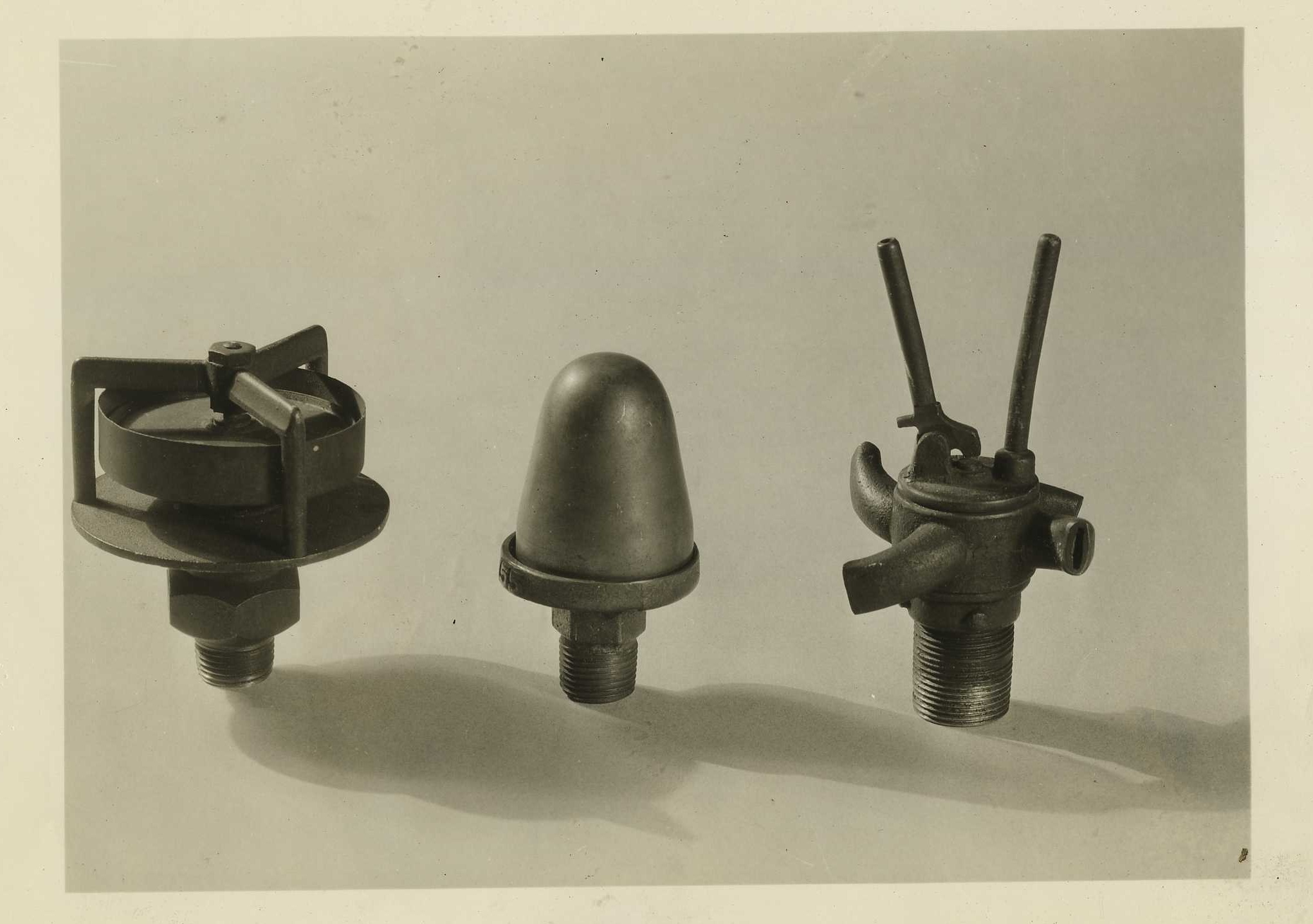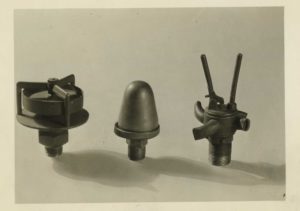

Sprinkler protection has evolved over time from a simple system of uncharged pipes with perforations in 1874, to present day sprinkler systems that are specially designed to protect unique hazards and storage arrays.
Like most advancements, improvements in the performance of a product or system usually come with a corresponding increase in complexity, creating new challenges that must be overcome. Fire sprinklers are no exception.
The early sprinklers, manufactured prior to 1953, were known as “old style” or “conventional” sprinklers. They directed approximately 40% of the water upward towards the ceiling and the remaining 60% down towards the floor, which seemed to be good idea at the time, since most buildings where sprinklers were being installed (at that time) were constructed with combustible wood roof structural elements.
In 1953, a new style sprinkler was introduced with a larger deflector to create a more uniform spray pattern with options available for use in pendant or upright positions. This ½ inch orifice (K-5.6) sprinkler became known as the “standard spray sprinkler”, which operated with the goal of controlling the fire until it could be manually extinguished by the responding fire department, an approach known as “control-mode”.
In the 1970’s, a larger 17/32 inch orifice (K=8.0) sprinkler was introduced primarily for use in warehouse (storage) occupancies. This was followed by large drop, special application sprinklers, and extended coverage sprinklers for various applications.
But no sprinkler took off as quickly, or with wider acceptance, as the Early Suppression Fast Response (ESFR) sprinkler in the late 1980’s. ESFR sprinklers incorporated quick response technology to allow sprinklers to discharge water sooner and were designed to “suppress” the fire not just “control” the fire as previous systems were designed.
ESFR sprinkler systems offer extremely fast response to a fire, and are designed to operate at higher pressures than standard spray sprinklers with larger droplets flowing at higher velocity/momentum to penetrate the fire plume and reach the seat of the fire. The combined benefit of these performance characteristics is a rapid reduction in heat release rate until the fire is suppressed, or in some cases, extinguished.
The design criteria for ESFR systems is based on a minimum operating pressure among a specified number of sprinklers, and in many cases eliminates the need for in-rack sprinklers in rack storage arrays.
The virtual elimination of the need for in-rack sprinklers made ESFR sprinkler protection very popular with building owners and speculative warehouse projects because ESFR systems could protect such a wide range of rack storage arrays and commodities without in-rack sprinklers. This helps to make buildings protected with ESFR sprinklers a more economical and flexible fit for a wider range of potential tenants.
But, ESFR sprinklers DO have limitations, and in fact, early on had an unknown “Achilles Heel” that was only discovered after many systems were already installed in buildings throughout the U.S. To learn more about this “Achilles Heel”, stay tuned for a future post, where we will review some common ESFR restrictions and obstructions.

